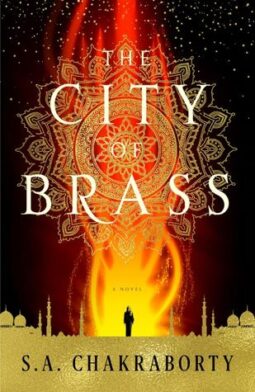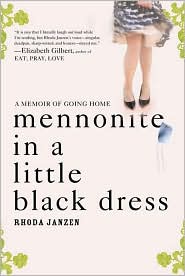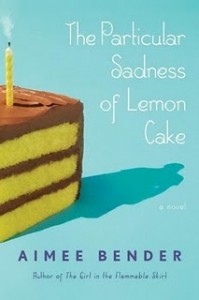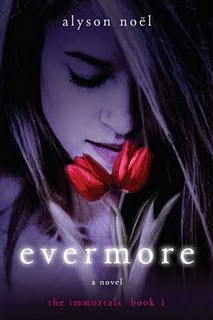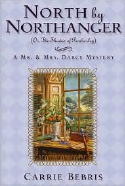This review contains affiliate links, which earn me a small commission when you click and purchase, at no extra cost to you. Thank you for supporting my small business and allowing me to continue providing you a reliable resource for clean book ratings.
Nahri is a sharp-tongued, independent young woman, and she can swindle just about any of the Ottoman nobles, be it through palm readings, zars, or healings. They’re all tricks and sleights of hand, of course — a way for her to make ends meet on the streets of 18th-century Cairo. But when Nahri accidentally summons a mysterious djinn warrior during one of her cons, she has to accept that real magic exists.
With the warrior, Dara, at her side, Nahri is forced to flee from ifrits, ghouls, and marid-infested waters to Daevabad, the legendary city of brass. Dara tells her she will be protected there, but behind the gilded walls of the city, old prejudices simmer among the six djinn tribes. The shafits — the offspring of human and Daeva — are being persecuted for their abhorrent mixed blood, and soon Nahri finds herself trapped in a web of court politics. It will take all her cunning to survive the coming confrontation.
While it’s categorized as adult fantasy, The City of Brass first appears to be a clichéd young adult novel, where the orphaned heroine discovers she has magic and is not like other girls, but as the book progresses, the reader discovers a dark, complex story rich in setting and riddled with Middle Eastern folklore. While this mythology and beautifully imaginative setting first drew me in, the complexity of the tale became a source of disappointment. At times, the political aspects, complex names and histories, rules, and customs of Nahri’s world became so overwhelming that I had a hard time really understanding what was going on. Even after finishing the book, I still found myself a little confused.
Perhaps because of this complexity and the time required to set up the story, the pacing of the first three-quarters of the book drags. It wasn’t until the last few chapters that things really started picking up and the story truly began to interest me.
All in all, this is a violent story full of magic, gritty characters, and a unique world among the fantasy genre. Also, despite the slow plot, this novel shines with a terrific ending that had me immediately anticipating book two.
Rated: High, for graphic violence, gore, and some hard topics including war, slavery, human trafficking, prejudice, and mention of rape. People are tortured and executed with many innocents caught in the crossfire — both through the history of Daevabad and in the present of the book. There are around 20 uses of mild language, a few uses of moderate language, and about seven uses of strong language. Sexual content includes at least one scene with intense kissing and groping. Characters drink and implied sex at a brothel is mentioned. There are also some occasional vulgar references.
Click here to purchase your copy of The City of Brass on Amazon.
